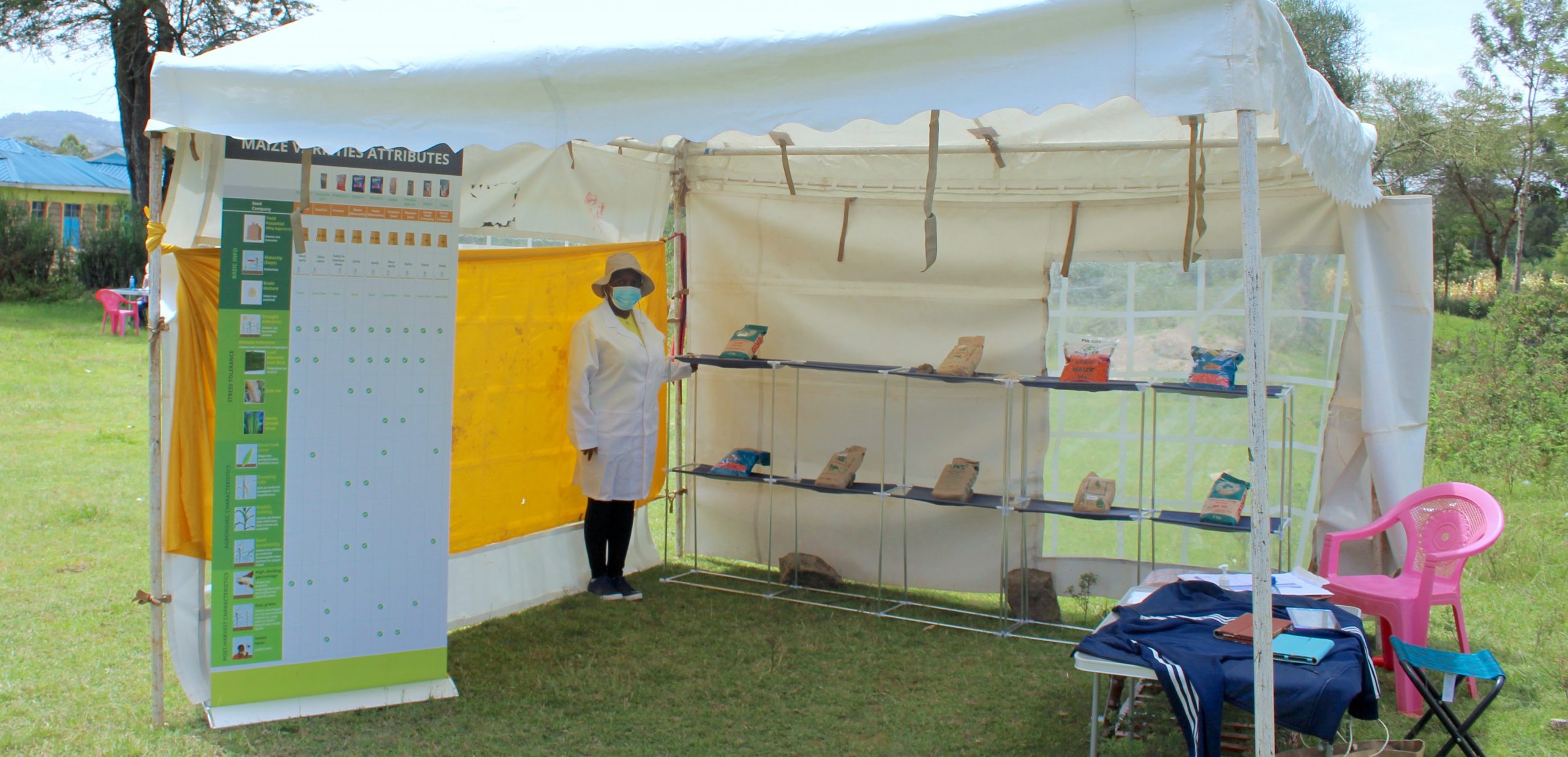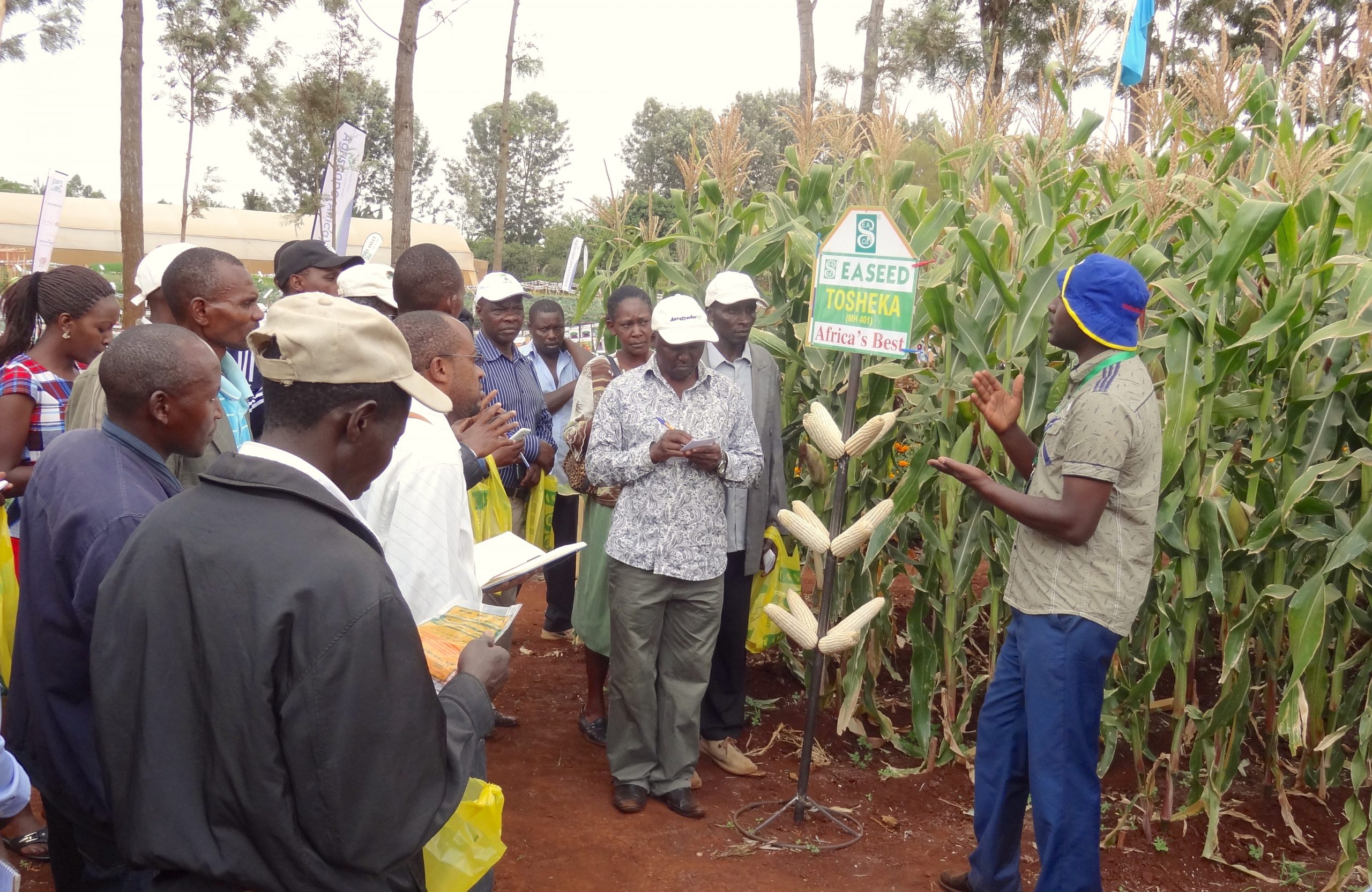Nutrition, health and food security
As staple foods, maize and wheat provide vital nutrients and health benefits, making up close to two-thirds of the world’s food energy intake, and contributing 55 to 70 percent of the total calories in the diets of people living in developing countries, according to the U.N. Food and Agriculture Organization. CIMMYT scientists tackle food insecurity through improved nutrient-rich, high-yielding varieties and sustainable agronomic practices, ensuring that those who most depend on agriculture have enough to make a living and feed their families. The U.N. projects that the global population will increase to more than 9 billion people by 2050, which means that the successes and failures of wheat and maize farmers will continue to have a crucial impact on food security. Findings by the Intergovernmental Panel on Climate Change, which show heat waves could occur more often and mean global surface temperatures could rise by up to 5 degrees Celsius throughout the century, indicate that increasing yield alone will be insufficient to meet future demand for food.
Achieving widespread food and nutritional security for the world’s poorest people is more complex than simply boosting production. Biofortification of maize and wheat helps increase the vitamins and minerals in these key crops. CIMMYT helps families grow and eat provitamin A enriched maize, zinc-enhanced maize and wheat varieties, and quality protein maize. CIMMYT also works on improving food health and safety, by reducing mycotoxin levels in the global food chain. Mycotoxins are produced by fungi that colonize in food crops, and cause health problems or even death in humans or animals. Worldwide, CIMMYT helps train food processors to reduce fungal contamination in maize, and promotes affordable technologies and training to detect mycotoxins and reduce exposure.
Waging war against the fall armyworm
 Environmental health and biodiversity
Environmental health and biodiversity
CIMMYT and its partners worldwide continue to work on this complex challenge, so millions of smallholder farmers can protect their crops and feed their families.
Annual Report 2020 launched
 Climate adaptation and mitigation
Climate adaptation and mitigation
Working towards resilience, renewal and transition in our agri-food systems.
Improve rural women’s financial access to help solve hunger
 Gender equality, youth and social inclusion
Gender equality, youth and social inclusion
Gender equity is one of the best solutions for hunger. Why? The numbers speak for themselves.
New integrated methodology supports inclusive and resilient global food systems transformation
 Nutrition, health and food security
Nutrition, health and food security
CGIAR centers present methodology for transforming resource-constrained, polluting and vulnerable farming into inclusive, sustainable and resilient food systems that deliver healthy and affordable diets for all within planetary boundaries.
Beneficial bioactives
 Nutrition, health and food security
Nutrition, health and food security
Don’t discount the contribution cereals can make to combatting micronutrient malnutrition, say researchers.
Buying into new seed
 Climate adaptation and mitigation
Climate adaptation and mitigation
A mock shop helps researchers understand how Kenyan farmers choose maize seed when their preferred varieties are out of stock.
CIMMTT, alimentando al mundo
 Nutrition, health and food security
Nutrition, health and food security
Source: El Sol de México (4 May 2021)
An op-ed published in El Sol de México recognizes CIMMYT’s contribution to tackling food insecurity through improved nutrient-rich, high-yielding varieties and sustainable agronomic practices.
CIMMYT and John Innes Centre announce strategic collaboration on wheat research
 Innovations
Innovations
Partnership of two world-class research institutes will harness state-of-the-art technology to find solutions for wheat farmers and consumers.
New zinc-fortified wheat set for global expansion to combat malnutrition
 Nutrition, health and food security
Nutrition, health and food security
Source: Reuters (15 Apr 2021)
Scientists at CIMMYT expect to sharply ramp up new wheat varieties enriched with zinc that can boost the essential mineral for millions of poor people with deficient diets.
Breaking Ground: Natalia Palacios gets the most out of maize
 Nutrition, health and food security
Nutrition, health and food security
From biofortification to cooking techniques, a CIMMYT scientist and her team test how to make this global staple as nutritious as possible.
World Health Day 2021
 Climate adaptation and mitigation
Climate adaptation and mitigation
Five CIMMYT solutions for a fairer, healthier world.
Investment in maize for Africa pays off
 Innovations
Innovations
New report quantifies the impact of 20 years of CGIAR-led maize improvement for Africa.
How do we sustainably manage transboundary diseases and crop pests?
 Gender equality, youth and social inclusion
Gender equality, youth and social inclusion
CGIAR webinar examined the technological, sustainability and social implications of integrated approaches.
Fighting the stress
 Innovations
Innovations
CIMMYT partner seed company supports smallholder farmers in sub-Saharan Africa with stress-tolerant seed against biotic and abiotic stresses.
What is nixtamalization?
 Nutrition, health and food security
Nutrition, health and food security
Water, heat and lime transform grain in a traditional Central American maize processing method.














